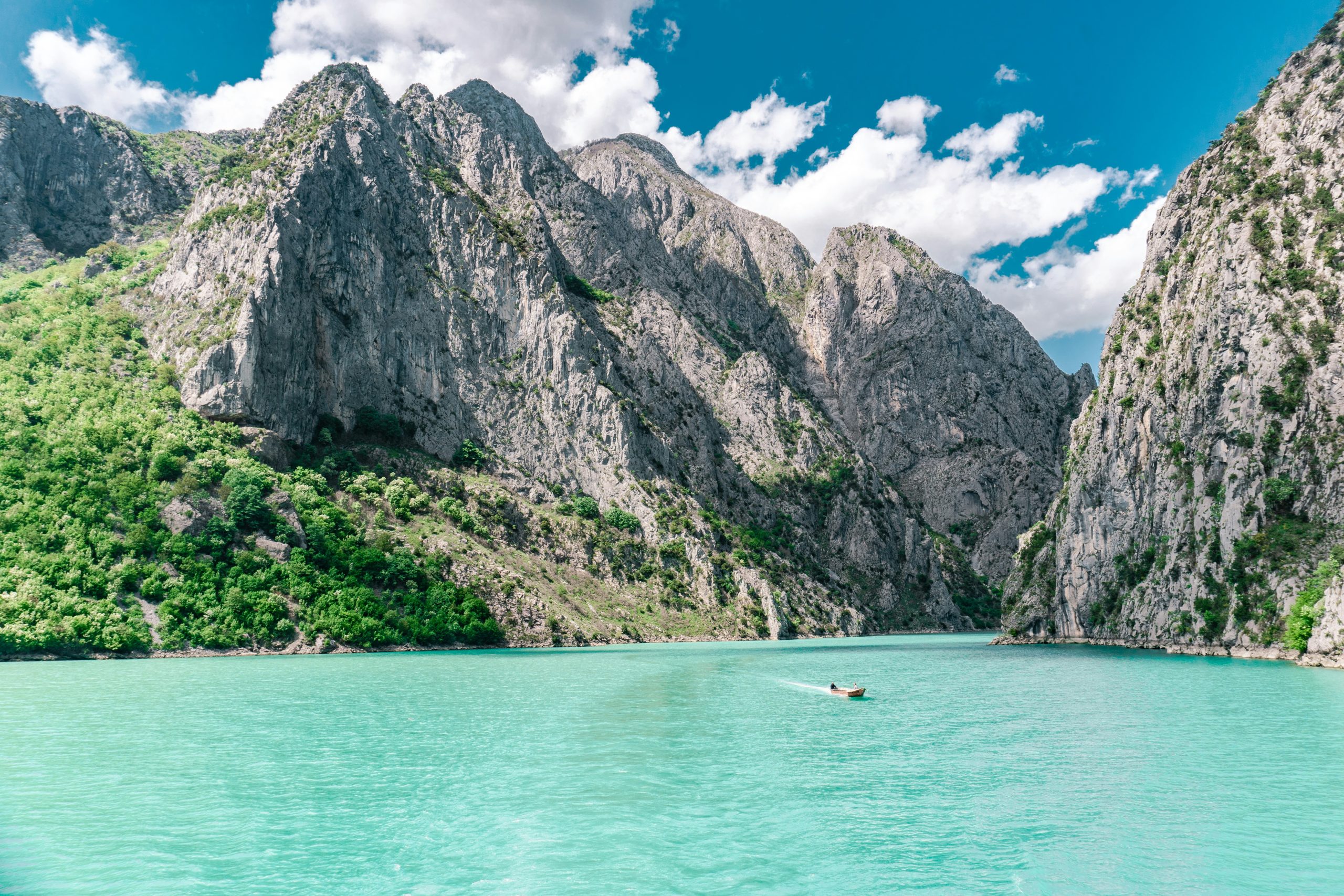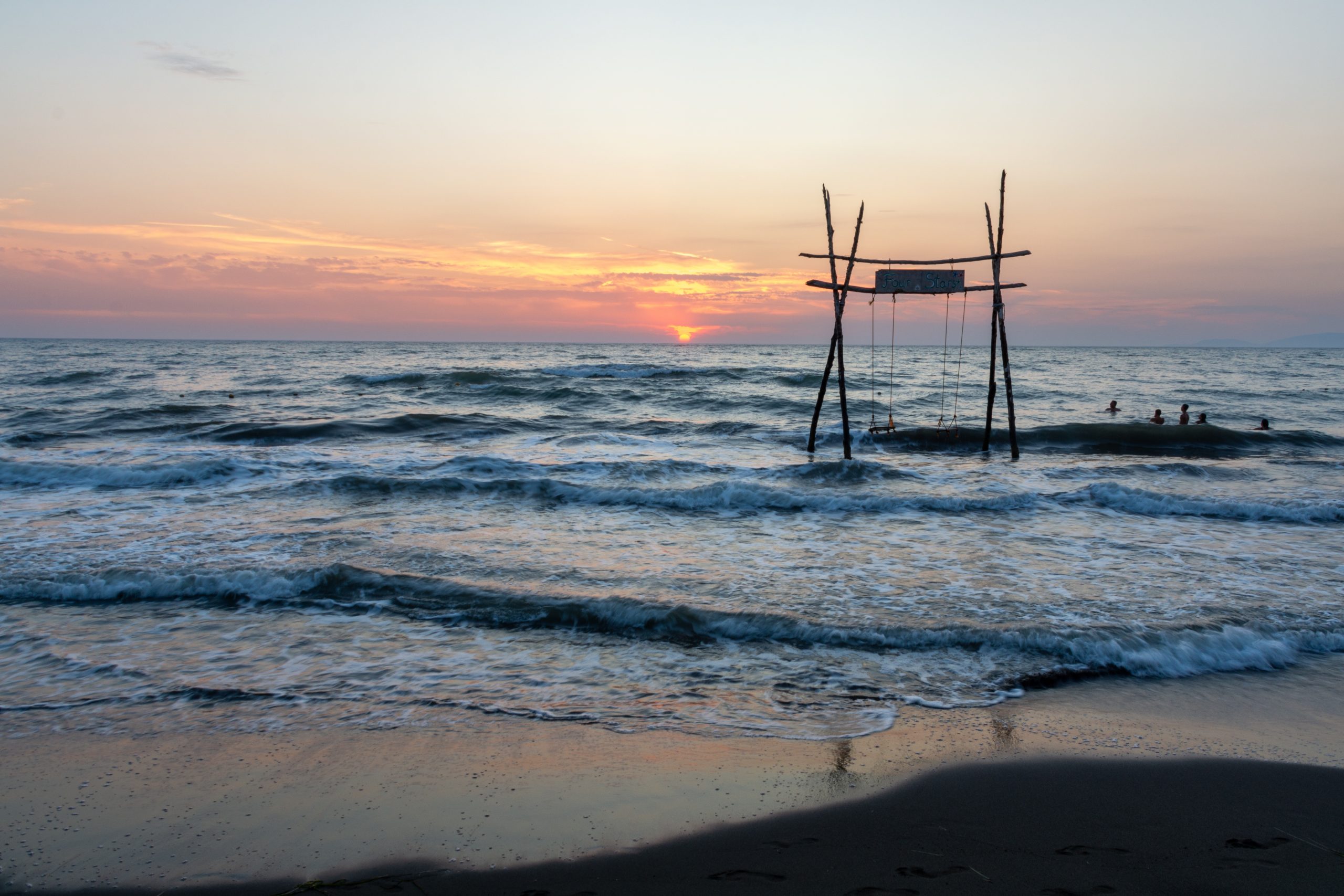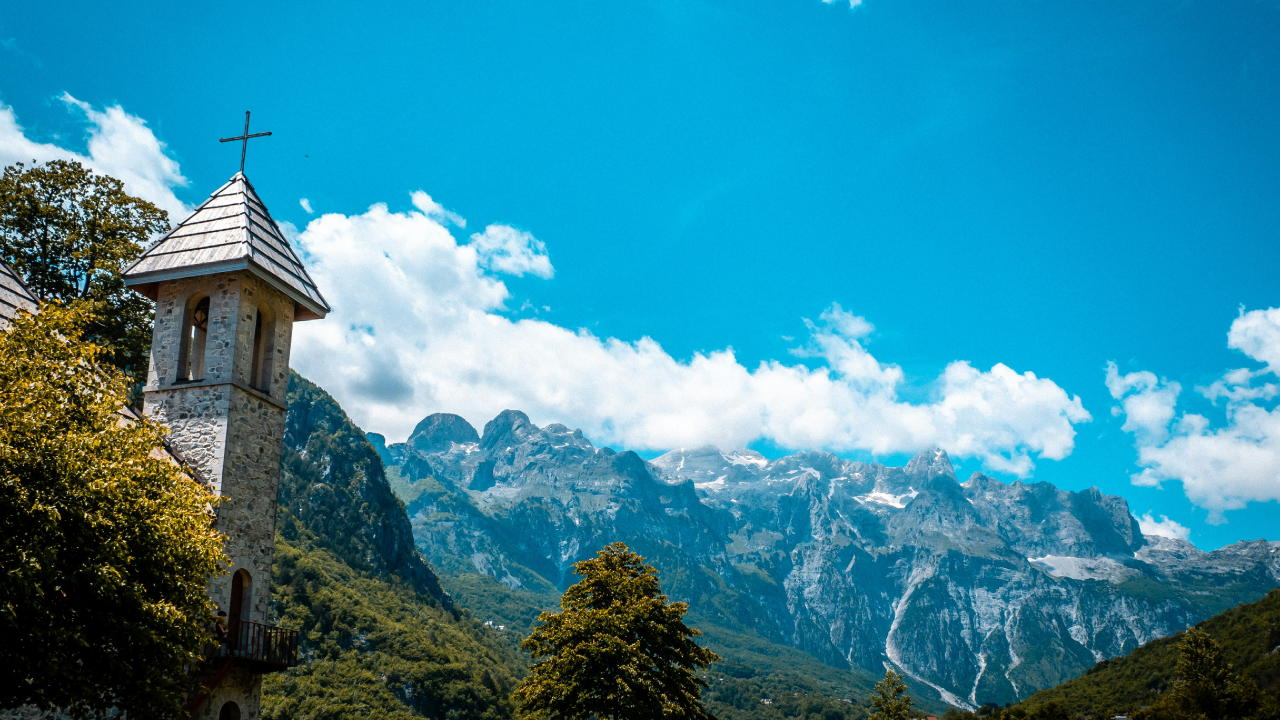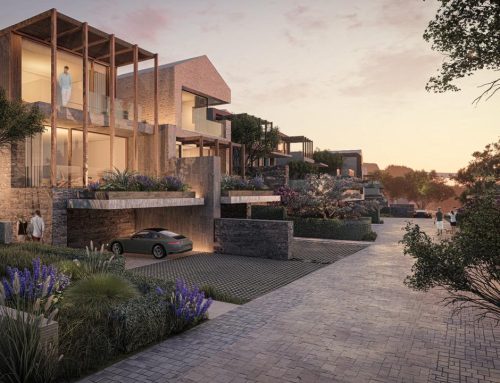Northern Albania is a region that boasts a remarkable blend of stunning nature, rich traditions, vibrant history, and diverse culture. It is increasingly attracting interest from both adventure-seeking travelers looking for authentic experiences and investors who recognize its potential for sustainable development. With its breathtaking landscapes and a multitude of activities available throughout the year, Northern Albania is emerging as a promising destination for tourism and economic growth. In recent years, significant infrastructure improvements have been made, and ambitious projects are underway, continuing to draw the attention of both local and international investors.
- Untouched nature and rich biodiversity
The northern region of Albania offers a unique mix of healing black sand beaches, rivers, crystal-clear lakes, and mountain ranges with untouched trails. Lake Koman, the Shala River, and the mountainous areas of Theth and Valbona are perfect for nature lovers, hiking enthusiasts, or anyone seeking tranquility in the fresh air.
Additionally, the Kune-Vain-Tale Nature Park, home to Kune Island, the Kune-Vain Lagoon, surrounding forests, and various nearby ecosystems, is rich in vegetation and biodiversity. This area hosts approximately 277 plant species along with 341 different species of birds, amphibians, and fish.

- Strategic location
The area enjoys a favorable geographical location, providing easy access to Montenegro, Kosovo, and major routes leading to Tirana and Durrës. The international airports of Tirana and Kukës further enhance the region’s connectivity to various European countries and beyond. With short distances and improved infrastructure, the North has become a key point of interest for both tourism and investment.
- Rich historical and cultural heritage
The region is known for its rich historical and cultural heritage, featuring castles, monasteries, and authentic villages that proudly uphold ancient customs and rituals characteristic of Northern Albania. Hospitality and “word of honor”, two foundational aspects of Albanian identity, are deeply ingrained in every family, passed down with dedication from generation to generation.
Additionally, the spiritual and cultural heritage of this area has gained international recognition. Recently, UNESCO included the Xhubleta, a traditional handwoven bell-shaped dress worn by women in the North, in its list of protected cultural heritage. Moreover, one year ago, the renowned K’cimi dance of Tropoja was inscribed on UNESCO’s Representative List of the Intangible Cultural Heritage of Humanity. This rhythmic dance is a vital part of the region’s cultural identity and is performed during significant ceremonial and social occasions, such as weddings, engagements, and traditional festivities.
- Adventure and active tourism
The North provides countless opportunities for extreme sports and adventure, such as hiking, rafting on fast-flowing rivers, mountain climbing, and cycling. One of the most renowned trails in the region is the Valbona–Theth crossing, which draws thousands of local and international visitors each year, particularly those who are enthusiastic about active and outdoor tourism.
- A region with high development potential
Northern Albania has remarkable potential for tourism development, particularly in mountain and cultural tourism. These year-round travel options provide unique and diverse experiences for visitors. Locations such as Tale, Lezha, and Shëngjin are attracting an increasing number of tourists each year, presenting significant opportunities for strategic investment in infrastructure and tourism projects. These areas blend unspoiled nature, adventure, culture, and heritage, positioning themselves as key destinations for modern development and sustainable tourism.
Recent investments and ongoing projects have revitalised the region, transforming it into a dynamic and vibrant destination where natural beauty and local traditions coexist harmoniously with modern infrastructure and inclusive tourism opportunities.








